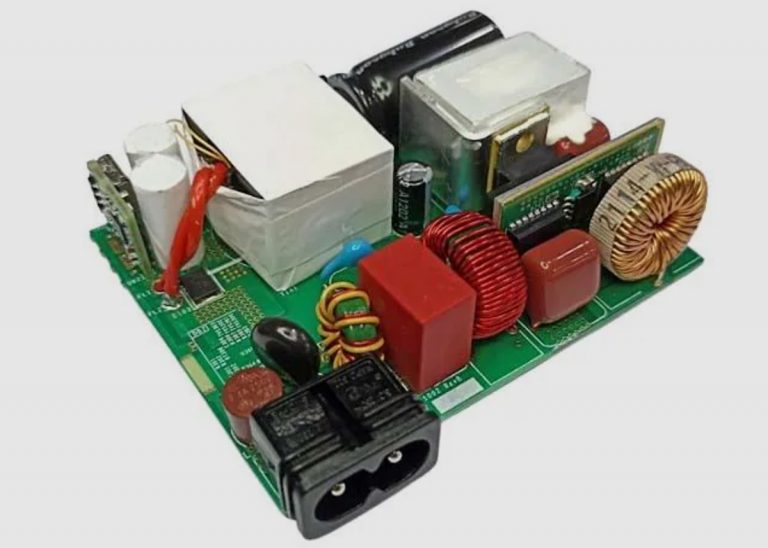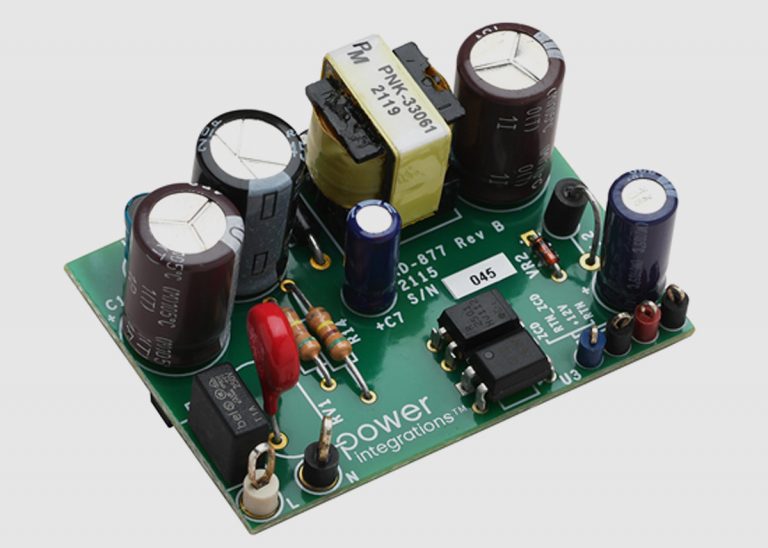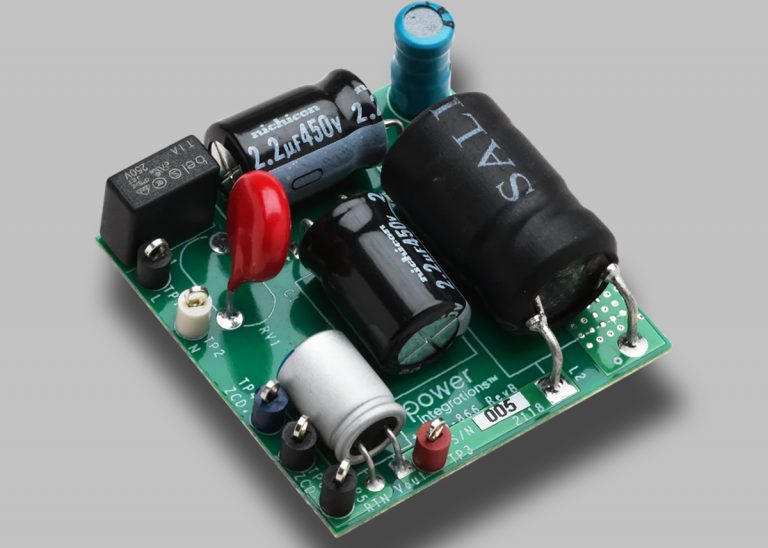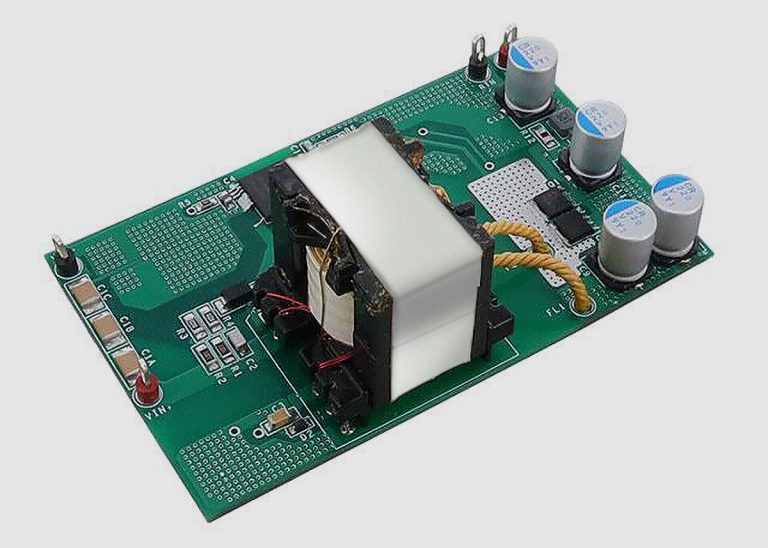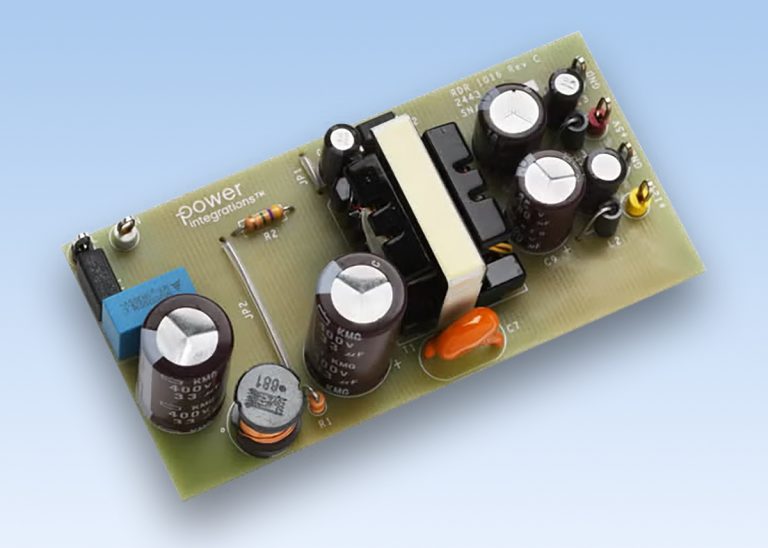
The RDR-1016 reference design board from Power Integrations implements a flyback converter which provides a dual isolated output voltage of 12V at 2A, and 5V at 500mA, from a wide input-voltage range of 85V to 265V ac. The power supply is based on the TNY5073K flyback converter, a member of the TinySwitch-5 family of ICs.
The board achieves peak efficiency of at least 87% at full load with a 230V ac input. Average efficiency across the load range is at least 85%.
The RDR-1016 conforms to the requirements of the CISPR22B/EN55022B standards for conducted EMI emissions. It is specified for operation at an ambient-temperature range of 0°C to 40°C with free-air convection cooling.

